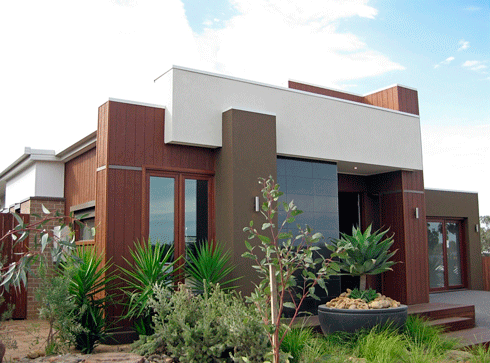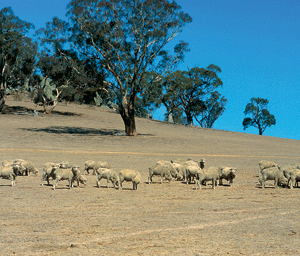
|
Published: 21 November 2011
Are all ‘low energy’ and ‘zero carbon’ homes equal?
The Australian Sustainable Built Environment Council (ASBEC) has released a report that seeks to clarify some of terminology relating to low energy and zero carbon homes.

|
|
The Zero Emissions House designed and built by CSIRO in association with Delfin-Lend Lease and the Henley Property Group in Melbourne. Credit:
Keirissa Lawson/scienceimage
|
The Defining Zero Emission Buildings – Review and Recommendations report was developed by ASBEC’s Zero Emissions Residential Task Group in association with Sustainability Victoria and the Institute for Sustainable Futures (ISF) at the University of Technology Sydney.
The report recommends that a common language and definitions be adopted for use in discussing low-energy residential developments to enable industry and consumer groups to more clearly understand the concept of the low-emission housing landscape.
‘We are encouraged to see so much work being done in Australia around low carbon homes and this paper will serve to strengthen the discussion on how we bring these concepts into the mainstream market,’ said Mark Allan, Task Group Chair, representing the Green Building Council of Australia.
According to ASBEC Chair, Tom Roper, the residential sector is estimated to be responsible for nearly 10 per cent of Australia’s total emissions.
‘It is vital that we are all speaking the same language and using the same terminology to ensure expectations are met, particularly if we are to be measuring and reporting accurately and consistently across government, industry and the consumer market,’ Mr Roper added.
A number of low emissions housing projects are either built or underway in Australia, among them the CSIRO’s Australian Zero Emissions House, Mirvac’s Harmony 9 house, Climate Positive’s Cape Paterson Eco-Village, South Australia’s Zero Carbon Challenge and Sustainability Victoria’s Zero Emissions Neighbourhoods project.
The Department of Climate Change and Energy Efficiency also released The Pathway to 2020 for Low-Energy, Low-Carbon Buildings in Australia: Indicative Stringency Study in 2010, which outlines the legislative regime available to government to stimulate a transition to low-emissions buildings.
ASBEC members consist of industry and professional organisations, non-government organisations and government observers who are involved in the planning, design, delivery and operation of our built environment and are concerned with the social and environmental impacts of this sector.
Source: ASBEC



